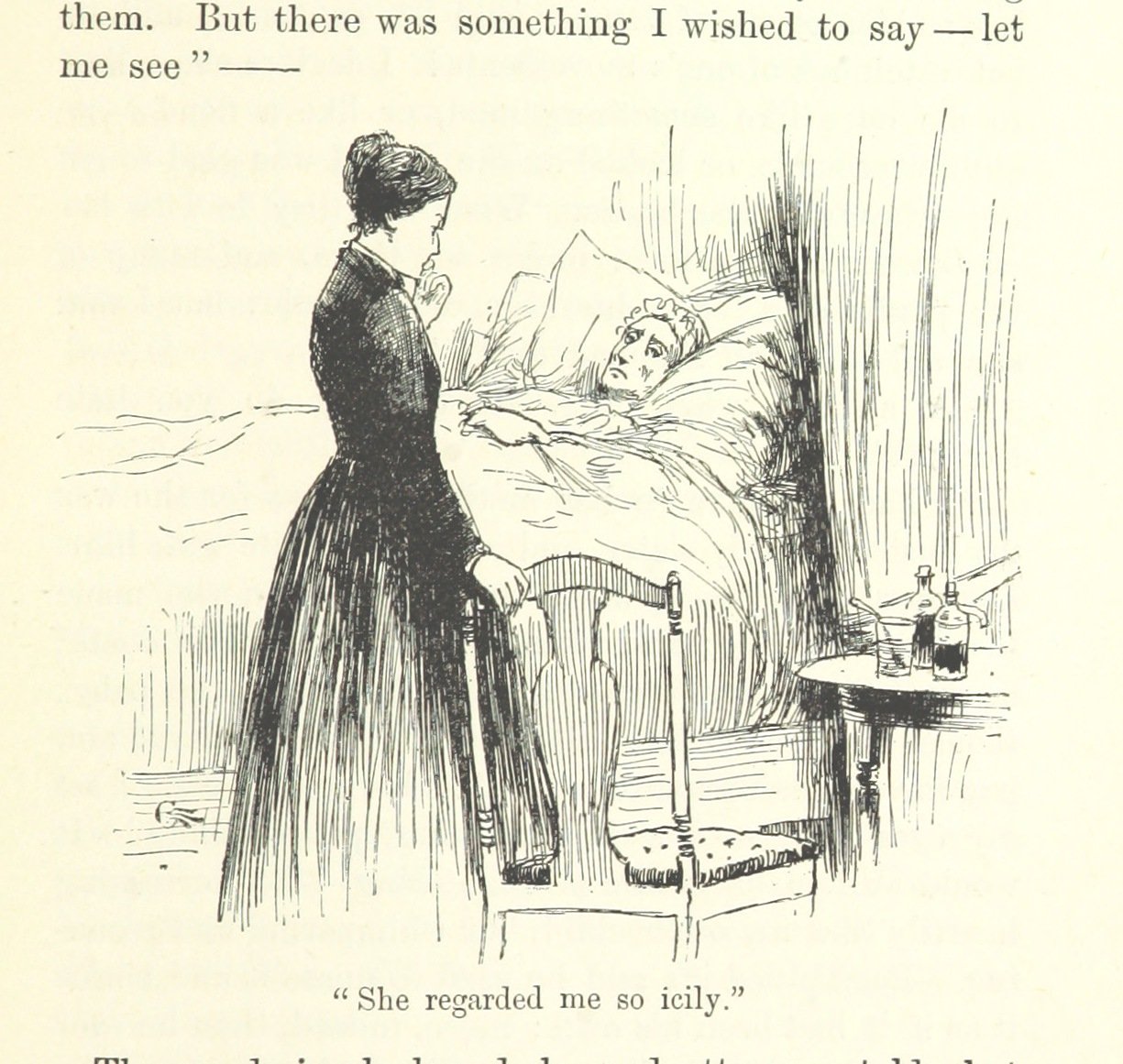In Charlotte Brontë’s 1847 novel Jane Eyre, the protagonist spends her teenage years at Lowood School – an institution with a cast of cruel teachers, horrifying conditions and, most dangerously of all, sickness. Those who have read Jane Eyre may remember Lowood as exactly this: a kind of Victorian school-cum-prison, from which Jane is lucky to escape alive. In spite of Lowood’s notoriety, however, modern readers often forget that it is the school’s outbreak of typhus – and not mad wives or bullying aunts – which most threatens Jane’s existence in this novel.
Lowood is found in a “cradle of fog and fogbred pestilence” which, arriving with spring, “breathed typhus through its crowded schoolroom.” The mistreatment of children at Lowood leaves the students particularly vulnerable to the epidemic, as “semi-starvation and neglected colds had predisposed most of the pupils to receive infection.” “Forty-five of the eighty girls,” we are told, “lay ill at one time.” Highly contagious, the typhus is in one respect a great social leveller: any child can catch it and, like the rampage wreaked by COVID-19, it does not discriminate. It exposes some of the cracks at the heart of a social system operating on hierarchy – some girls, Brontë informs us, “have friends and relations able and willing to remove them from the seat of contagion.” (Think the wealthier pockets of London, who are retreating to country homes to escape the epicentre of the virus.) The others who are less fortunate, we infer, are left to die at school.
Jane Eyre was published in 1847 under the pseudonym Currer Bell, a name Brontë adopted to conceal her identity as a female writer. Her depiction of Lowood was so intensely personal – inspired by the time she and her sisters spent in school at Cowan Bridge – that she feared being sued for libel after publication. Outbreaks of typhoid were common in the Victorian era, not just in schools (Prince Albert’s death has most famously been attributed to the disease), and in many ways posed as much of an enigma to doctors as coronavirus does to scientists today. Louis Pasteur would only bring the success of vaccination to the world forty years later, and little sanitary measures were in place to contain the sprawling nature of an epidemic. Washing your hands and social distancing, were, as they still are today, some of the simplest and most effective ways of stamping out disease. As with Lowood’s typhus, a silent killer creeping into the schoolroom, the movements of COVID-19 demand social responsibility and individual action.
And it is action, unlike the reluctance of our own government, that Lowood takes up almost immediately. “Classes were broken up, rules relaxed,” Brontë writes. “The few who continued well were allowed almost unlimited licence.” Jane finds herself as an explorer with free reign, and so some of the happiest passages of the novel ensue: left to her own devices, she “rambles in the wood” and remarks that she “lived better too”. Parents who are concerned about education in quarantine should take note: sometimes a new routine can be as freeing as it is protective for a child.
Jane herself is no model candidate for social distancing – anyone who has read Jane Eyre will remember one of the most moving scenes in the book, in which Jane sleeps beside her dying friend, “face against Helen Burns’ shoulder, arms around her neck.” Helen is stolen away from us by consumption, not typhus, but nonetheless it is only later that Jane fully understands the gravity of her friend’s disease. “In my ignorance, I understood [the sickness] to be something mild, which time and care would be sure to alleviate”, she tells us regretfully, and here we hear the voice of the older Jane, gently scolding her younger self. Let’s hope that we will not be berating ourselves in the same way, once we are through this.
In many ways, however, the arrival of typhus in Jane Eyre brings as much hope as it does sadness. The sickness period is one of huge personal growth for Jane, who comes to love Lowood after the typhus has run its course, even working there as a teacher a few chapters later. Jane herself retreats into her own kind of quarantine for the rest of the novel, which is littered with internal monologues and depictions of interiority, not least in concerning the imprisonment of Bertha Mason in the attic for a whole other kind of illness.
But with this isolation comes reflection. Just as Jane develops personally, Lowood is forced into an era of social reform: the typhus may disappear, but “not till its virulence and the number of its victims had drawn public attention on the school.” Brontë writes. “Inquiry was made into the origin of the scourge, and by degree various facts came out which excited public indignation in a high degree.” With the rights of the school children recognised, “the school, thus improved, became in time a truly useful and noble institution.” As political commentators have been quick to point out in recent weeks, our own institutions and world may never be the same again. It has taken the onslaught of a world pandemic to lead us to question our social practices; to interrogate why we have cut back so heavily on healthcare; to wonder how we can look after our NHS in the way it deserves.
Brontë’s book is brilliant precisely because it is able to constantly shed light on our own troubled times. We may be, much like the Victorians, at the mercy of a virus which spreads with terrifying speed – but Jane Eyre is a reminder that there is so much room for hope. Pass by the “fever-room” with all the same speed as Jane, FaceTime your friends on the other side of that door, and, like with Lowood, hold on for an outcome that will change our institutions irrevocably for the better.



